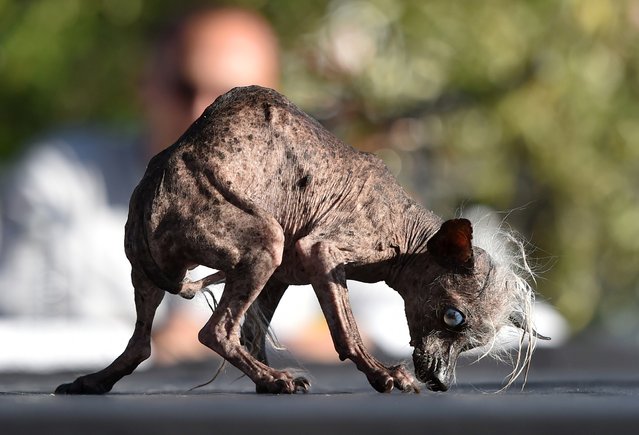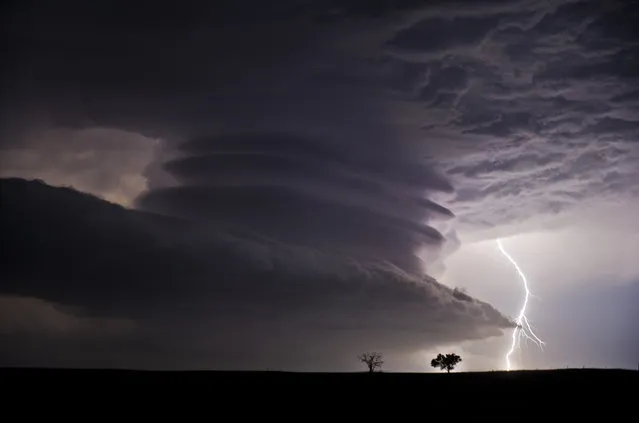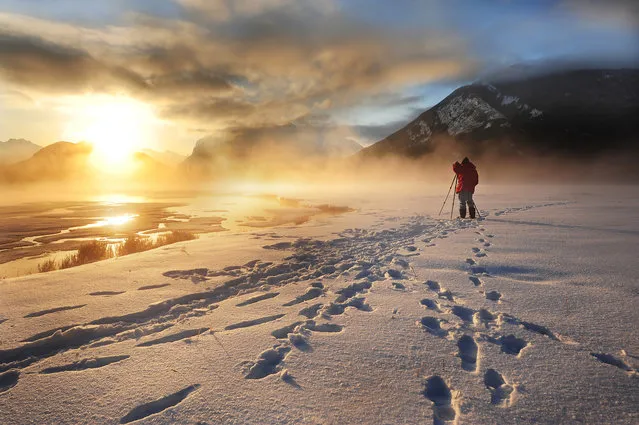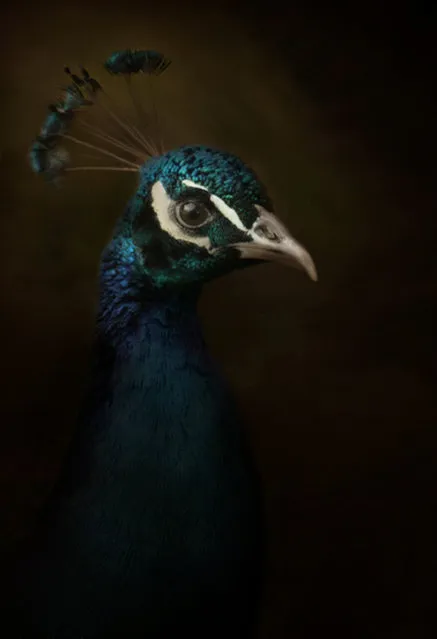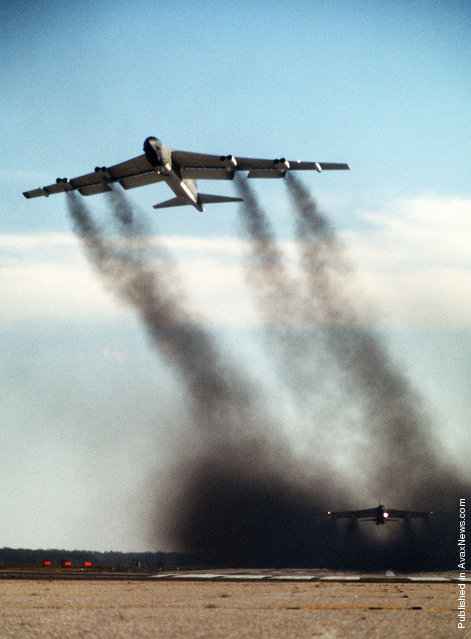
A corgi named Jojo crashes while riding a wave in the medium size dog competition during the 10th annual Petco Unleashed surfing dog contest at Imperial Beach, California August 1, 2015. Proceeds raised at the event go to benefit the San Diego Humane Society. (Photo by Mike Blake/Reuters)
03 Aug 2015 12:30:00,post received
0 comments

